MILWAUKEE — The furniture and artwork in your home may have more Scandinavian ties than you realize.
For centuries, Germany and central Europe have been deemed “the primary influences of modern American design,” but Milwaukee Art Museum is painting a different picture.
The museum announced it will debut a new exhibit, “Scandinavian Design and the United States, 1890–1980,” in spring 2023. It’s the first exhibit to take a look at the “extensive design exchanges between the United States and the Nordic countries of Denmark, Finland, Iceland, Norway and Sweden during the 20th century,” according to MAM.
“Through this exhibition, Bobbye Tigerman and I aimed to expand upon the accepted canon of American design history and offer visitors a greater understanding of the design exchanges and craft collaborations between the U.S. and the Nordic countries and the ways these transnational interchanges impacted American material life,” said Monica Obniski. “Our hope is that by engaging with the wide range of objects and accompanying research featured, viewers will gain new perspectives and insights on topics that remain central today, including the rich contributions of immigrants to American culture, the need to parse through the myths and stereotypes often embedded in advertising, and the critical importance of environmentally sustainable and universally accessible products.”
The exhibit, which runs from March 24 through July 23, was co-organized by the Los Angeles County Museum of Art in collaboration with the Nationalmuseum Sweden and the Nasjonalmuseet in Norway. It’s been on an international tour; Milwaukee marks the exhibit’s last stop. It was originally scheduled to come to Brew City in 2020, but was postponed due to the pandemic.
“The Milwaukee Art Museum is thrilled to have collaborated with LACMA to realize this comprehensive exhibition that charts the historical impact of a century of cross-cultural design exchange between the U.S. and Scandinavia,” said Marcelle Polednik, the Milwaukee Art Museume’s Donna and Donald Baumgartner director. “We are excited to bring this presentation to Milwaukee to engage with residents of the city and the region, whose own cultural heritage reflects the profound impact of Nordic creativity and innovation.”
The exhibit analyzes themes such as “the contributions of immigrants to their adopted societies, the importance of international exchange, the role of cultural myths and designing for sustainability and accessibility.”
“Scandinavian Design and the United States, 1890–1980” features furniture, textiles, decorative arts, drawings, ceramics, jewelry, glass and product designs “that reflect the far-reaching effects of the Scandinavian and American cultural exchange.” The exhibit also includes books, magazines, and other print materials “that demonstrate the popularity of Scandinavian designs and aesthetic sensibilities in mainstream American culture.”
The exhibit, displaying more than 180 items, is divided into six sections:
Migration and Heritage
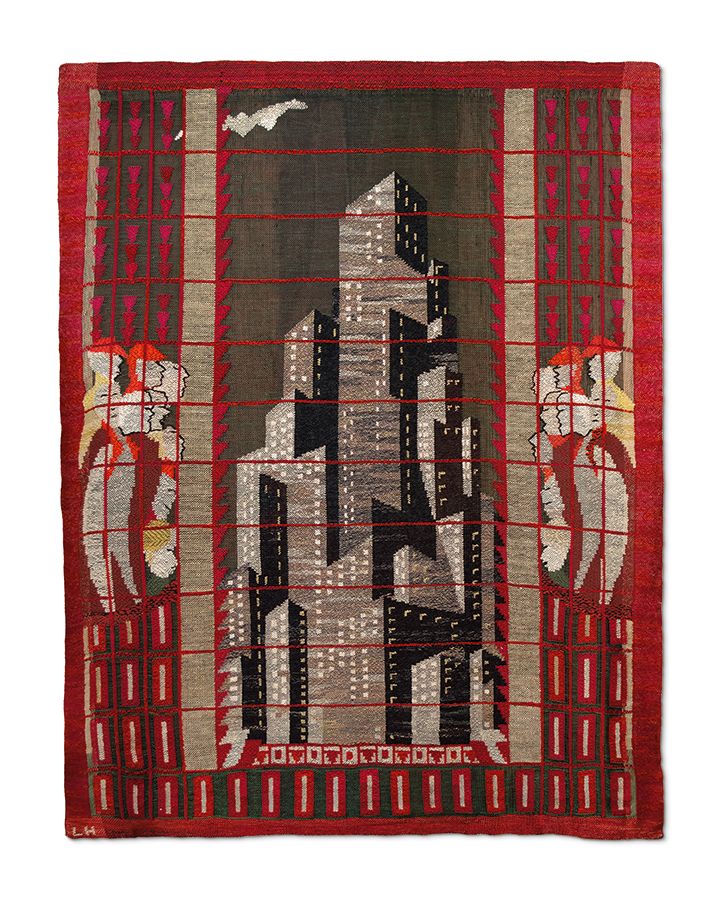
This section explores how Scandinavian immigrants influences art and culture in their new U.S. communities.
In the first section, museum-goers will learn about Lillian Holm, who immigrated from Sweden to Detroit around 1930. The artist worked at several Michigan art schools. Holm’s “First Sight of New York” encompasses her “awe upon seeing the towering skyscrapers and dense crowds of the metropolis.”
Selling the Scandinavian Dream
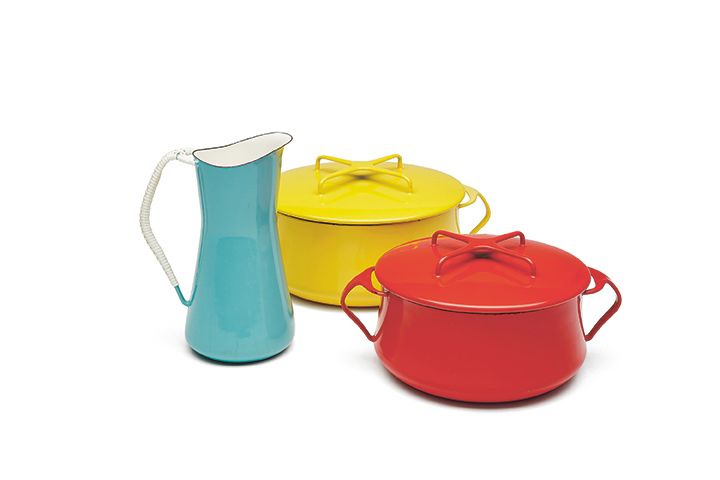
The second section of the exhibit analyzes marketing strategies that served as a “parallel of the ‘American dream’ to Scandinavia.”
Dansk, an American company founded by a New Yorker and a Danish designer, sold colorful tableware featuring enameled steel and carved teak, profiting from “Americans’ admiration for Scandinavian design and aspiration for Scandinavian culture symbolized.”
Design for Diplomacy
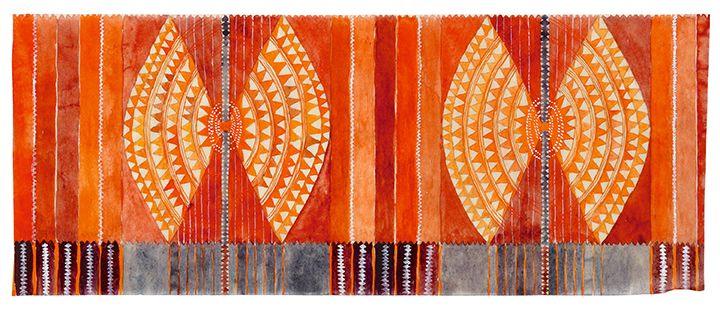
The third part of the exhibit investigates how countries have relied on design and architecture to reach political goals.
For example, after World War II, the United Nations headquarters in New York City was a designated place for nations to come together in peace. Denmark, Norway and Sweden designed the three largest meeting halls in the headquarters. The Economic and Social Affairs Council Chamber, which was designed by Marianna Richter from Sweden, featured a vibrant tapestry curtain. “It enlivened the otherwise neutrally toned, modernist space, adding a touch of warmth to support the diplomatic and humanitarian mission of the Council.”
Teachers and Students
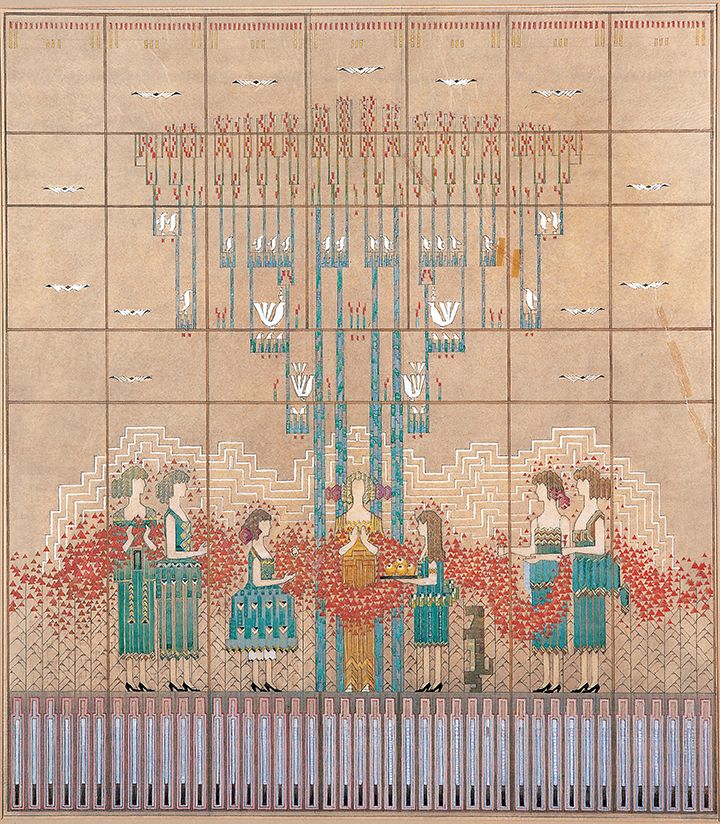
This part of the exhibit highlights Scandinavian artists who taught in U.S. schools.
Finnish architect Eliel Saarinen, who taught at Cranbrook Academy of Art in Michigan, “conceived the Academy’s plan and major buildings as depicted in his ‘Cranbrook Map’ hanging.” His son, Eero Saarinen, designed the War Memorial Center in Milwaukee.
Travel Abroad
The fifth section of the exhibit “illustrates how cultural exchange between the Nordic countries and the United States was sustained through travel fellowships, formal academic programs and apprenticeships.”
This section features textiles from Howard Smith, an African American artist who moved to Finland. His textiles were exported to the U.S., the place he left due to racism and lack of opportunities, where they were popular home decor.
Design for Social Change
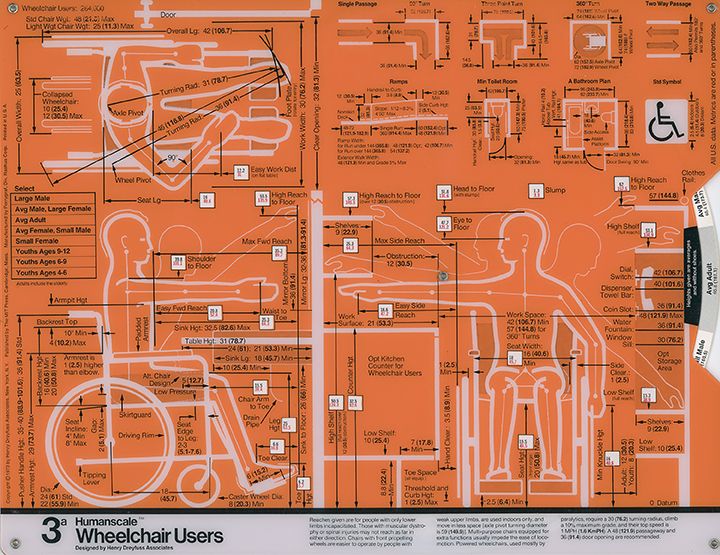
The last section “investigates how the turbulent social and political conditions of the late 1960s prompted some designers to think critically about their work.” Designers sought opportunities to address systematic problems such as climate change, accessibility and overconsumption.



